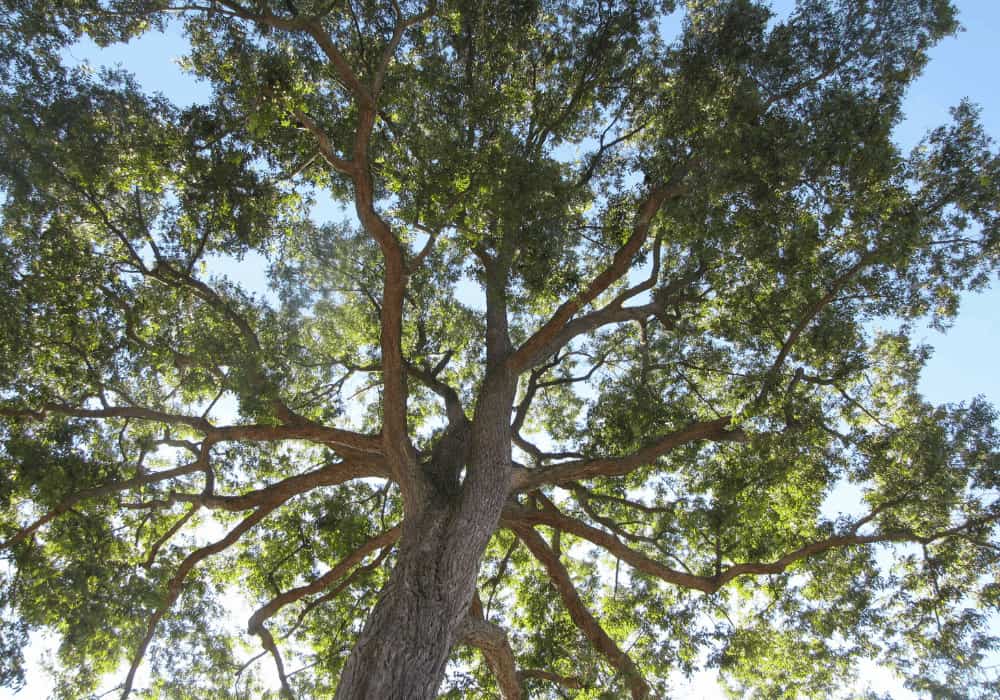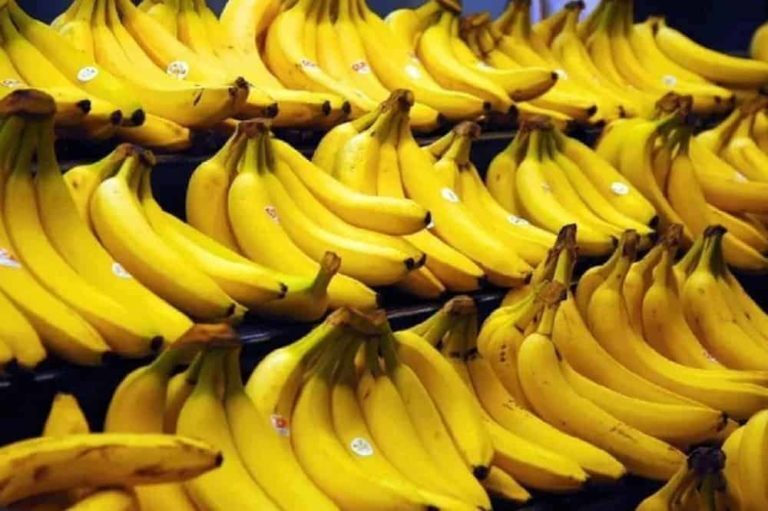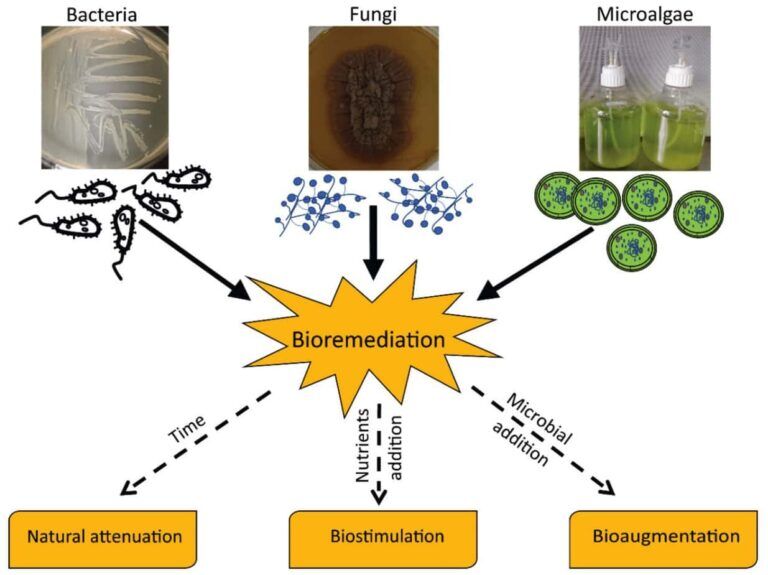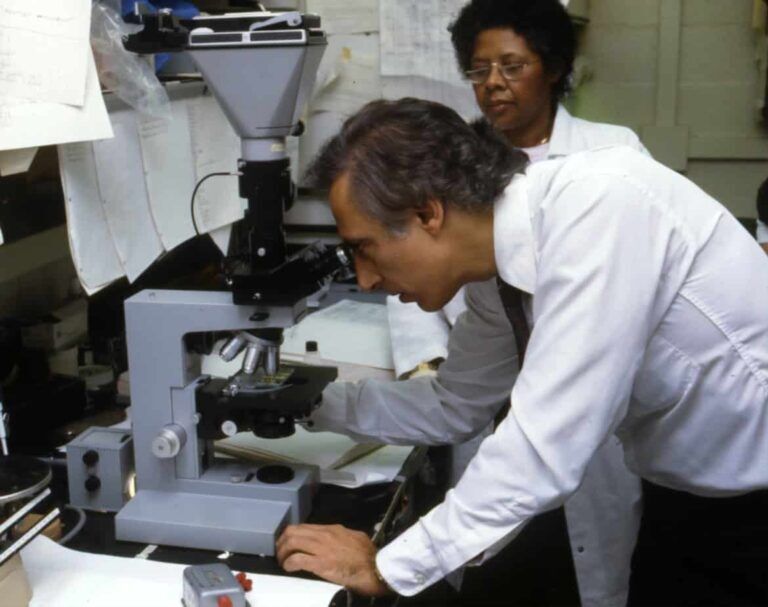Your cart is currently empty!
A Hardy Pecan Tree | The Carya Illinoinensis
The All American Nut – Historically
The pecan is an all-American nut. It has grown in the mid-southern states like Georgia and Texas. But it’s also grown as far North as Nebraska and Iowa and as even further south in Mexico. The name is derived from the Algonquin word, Paccan.
The word “Paccan” referred to all hard tree nuts of the region that required a rock in order to be cracked. It was French settlers in Louisiana who gave the word its present form, “pecan”. The Algonquins and others gathered and stored these nuts for winter use. They cracked the shells, crushed the kernels, and used the leftover pulp to thicken broths and enrich other foods. Early settlers recognized how important these nuts were to the local people, and they were quick to adapt them to their own lives.
The location and availability of the pecan expanded as farmers, hunters, and traders carried them to newer settlements farther north. At least two of our presidents, Washington and Jefferson, did the same thing on their plantations in Virginia. It was then, and still is today, the most important tree nut native to North America.
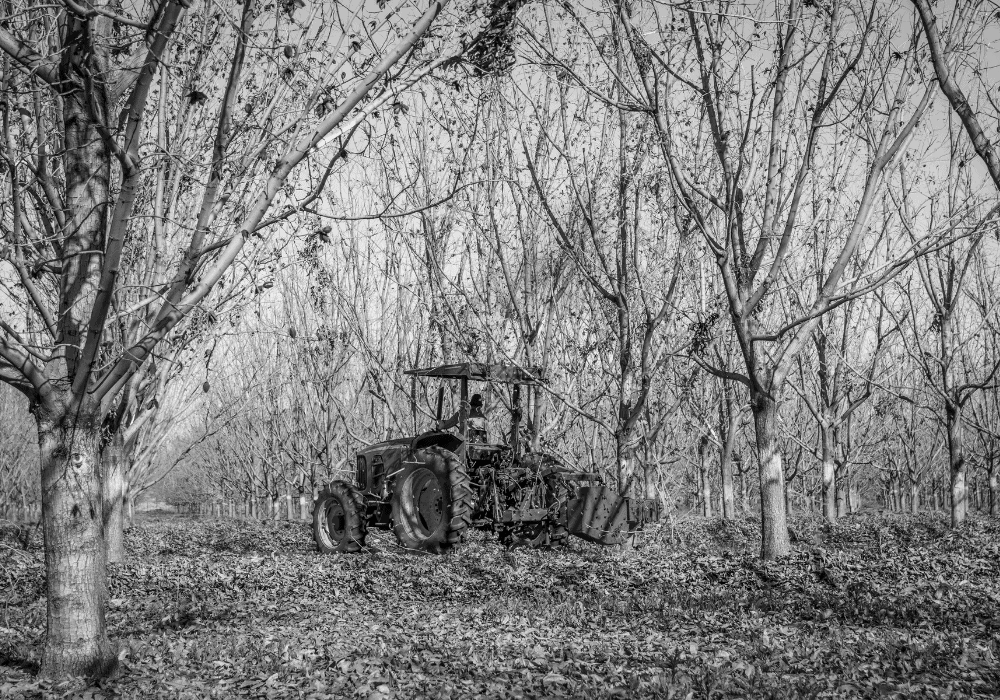
The Pecan Tree in Texas
Eventually, so many pecans were growing in Illinois that Botanists assumed it was a native there and named the pecan, Carya illinoinensis. This set off a scientific squabble when some people in Texas demanded that the name be changed to Carya Texana.
The Texan love affair with the pecan goes back to the nineteenth century. Teddy Roosevelt, hunting along the Llano River in 1885, wrote about “the grand old pecan trees along its banks.” A few years later, James Stephen Hogg became the governor of that state. (He obviously had a sense of humor; he named his daughter Ima, no doubt accelerating her interest in finding a husband.) When he died in 1906, he refused the traditional gravesite. Instead, he chose the placement of a pecan tree and a walnut tree with instructions that the nuts “be given out to the plain people of Texas so that they may plant them and make Texas a land of trees.”
The Pecan Tree in Louisiana
Louisiana could make a legitimate claim for the scientific name as well. It was on a plantation near New Orleans called Oak Alley that the first grafting experiments with pecans took place in 1846. Dr. A. E. Colomb, a friend of the plantation owner, had identified a pecan tree that had been particularly fruitful. He enlisted a slave gardener named Antoine to cut branches from that tree, and graft them onto the rootstock of the ordinary pecan trees.
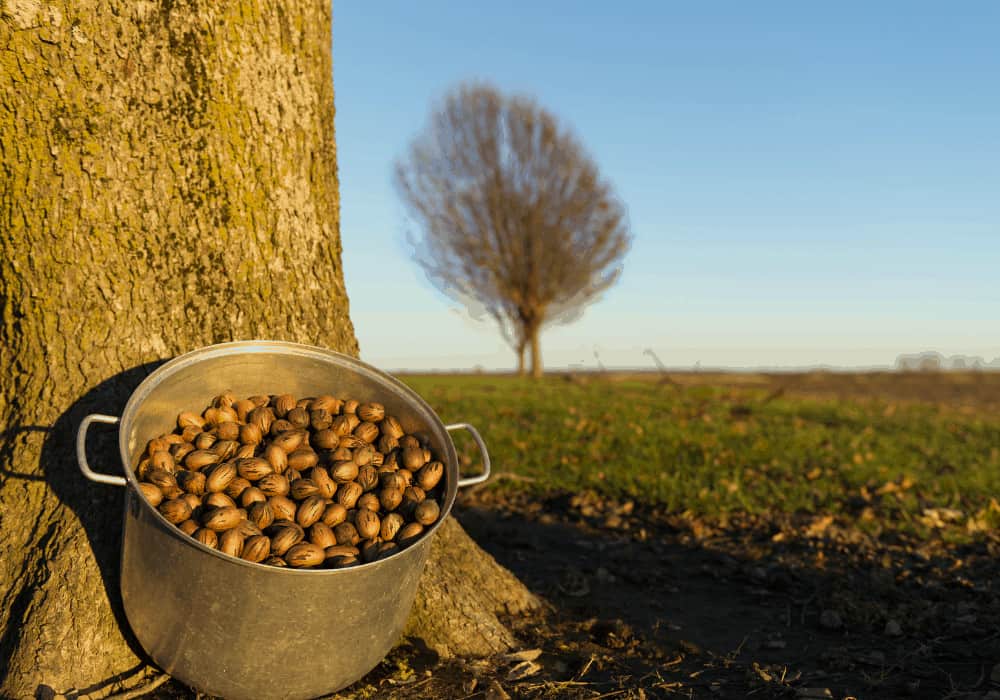
That first season, Antoine produced a small orchard of sixteen trees. By the time of Roman’s death in 1848, Antoine had grafted one hundred and ten trees. At the end of the Civil War, there were one hundred and twenty-six highly productive pecan trees on the property. The young trees produced more and more nuts and set off botanical work with the species that continues to this day.
Antoine’s Pecan at The 1876 World’s Fair in Philadelphia
In 1876 at the World’s Fair in Philadelphia, Antoine’s pecan was given the name “Centennial”. By 1882 a tree nursery in Louisiana was selling the budded and grafted trees through a farmer’s catalog. Eventually, a new owner of Oak Alley took out most of the pecan trees to plant sugar cane, but there are three trees still there that could be from Antoine’s original planting. Professor L. J. Grauke of the USDA is researching that possibility. He is certain that the Centennial pecans being grown today in southern orchards are what Antoine created all those years ago. Today, Oak Alley is an important historical museum with part of the mansion used as a luxurious bed-and breakfast.
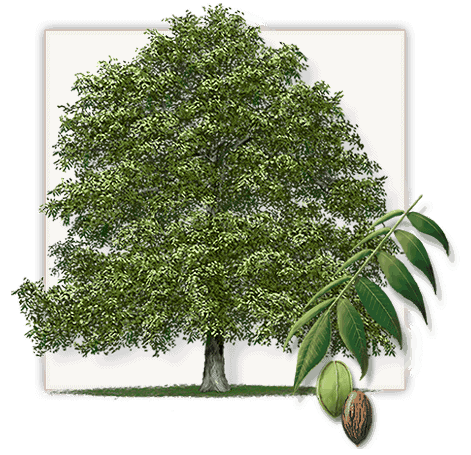
Harvesting The Pecan Tree Or Carya illinoinensis
The sex life of this great tree is different from other tree nuts. It matures in six to ten years and then starts the monoecious flowering. This means that each tree has both male and female components. Still, most Carya Illinoinensis pollination is from other nearby trees. (You give me your pollen and I’ll give you mine.) The trees require a warm climate, but some winter chill. They also need careful orchard management to make sure that pests do not ruin the harvest.
Modern-day harvest is remarkably automated. Workers, using big machines begin by shaking ripe nuts from the branches. They are then swept into rows and gathered up for initial drying. The pecans are cooled for storing (and sometimes frozen) until it is time for processing. Lastly, they are shelled, cleaned, graded, and packaged. They turn up in a thousand different delicious treats. Pecan growers celebrate their nut’s new prominence as a curative, a nut whose high-fat content could reduce the chance of heart disease.
The Pecan Gains Popularity Nationwide
While people have valued and enjoyed the pecan for centuries, it wasn’t until the twentieth century that its popularity skyrocketed. Huge investments came flooding in for new varieties and new orchards, efficient processing equipment, and skillful marketing. Today, through the work of tree scientists, there are over five hundred varieties. The trees are much more productive and grow nuts that are larger but have thinner shells. This makes it easier to harvest, crack, and process the pecan. They also taste better and last longer, with cultivars that are designed to work well in specific climates and soil conditions.
Georgia grows the most pecans by far, but there are also substantial plantings in Texas, Alabama, Louisiana, New Mexico, and Arizona as well. Today, bulk pecans are grown in Australia, South Africa, Brazil, and Israel. The most popular pecan varieties include the Cape Fear, Stuart, and Natives.
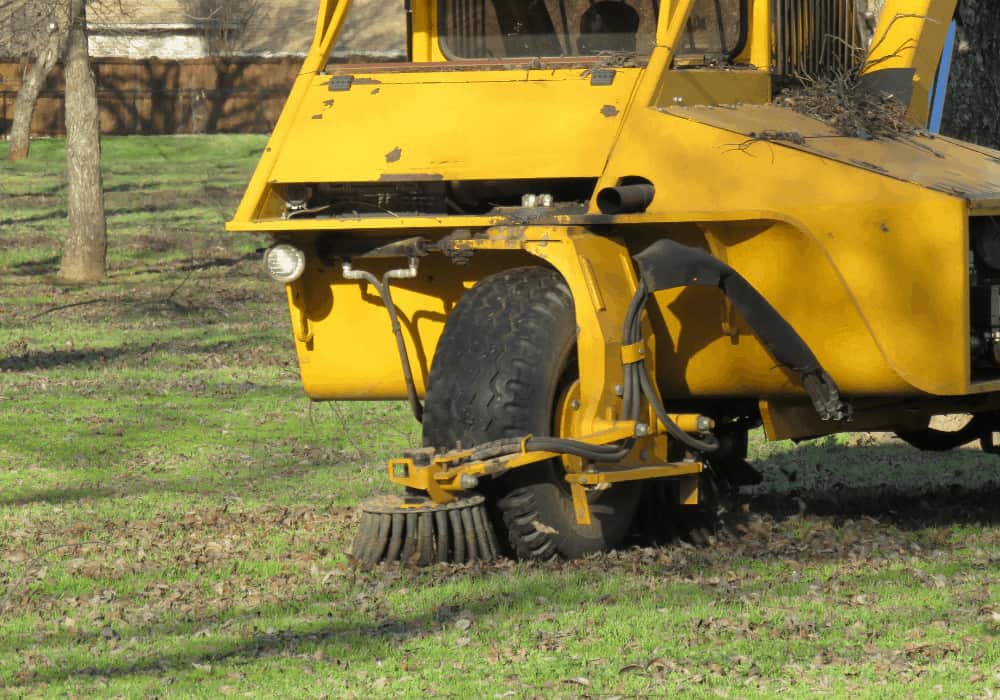
Pecan Production in the Twentieth Century
In the 1999-2000 season, the United States produced three hundred and ten million pounds of in-shell pecans. This makes up most of the world’s supply. The following year would likely show a smaller yield due to the pecan’s alternate bearing cycle. However, even with alternating yields, America is by far the number one pecan producer.
When properly cared for, the Carya illinoinensis or Pecan Tree can live and produce nuts for a very long time. Education on harvesting combined with the right location, consistent care, and protection can give these trees a life of production for many generations. There are even pecan trees in Georgia that are over a thousand years old and amazingly, still produce edible pecans.

